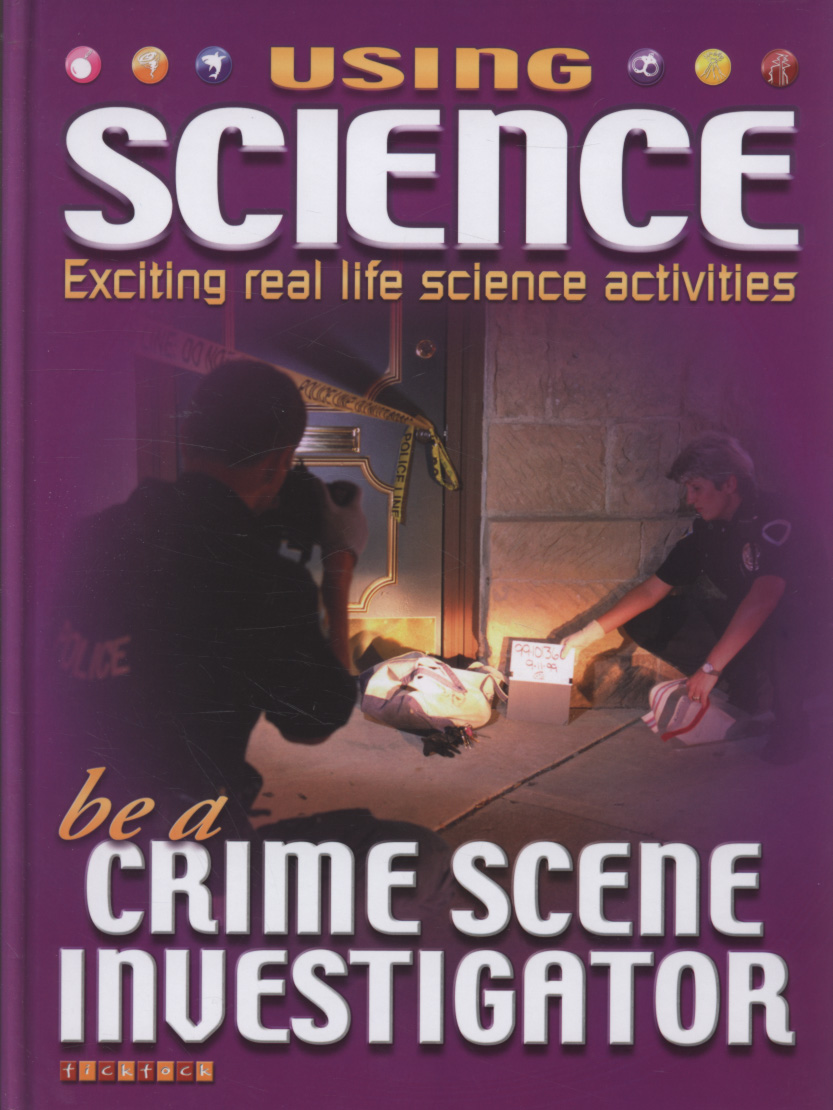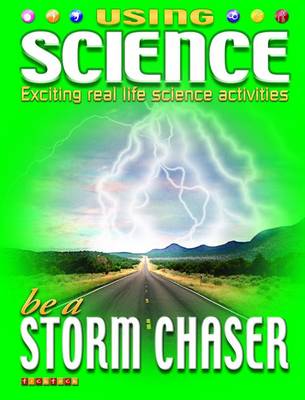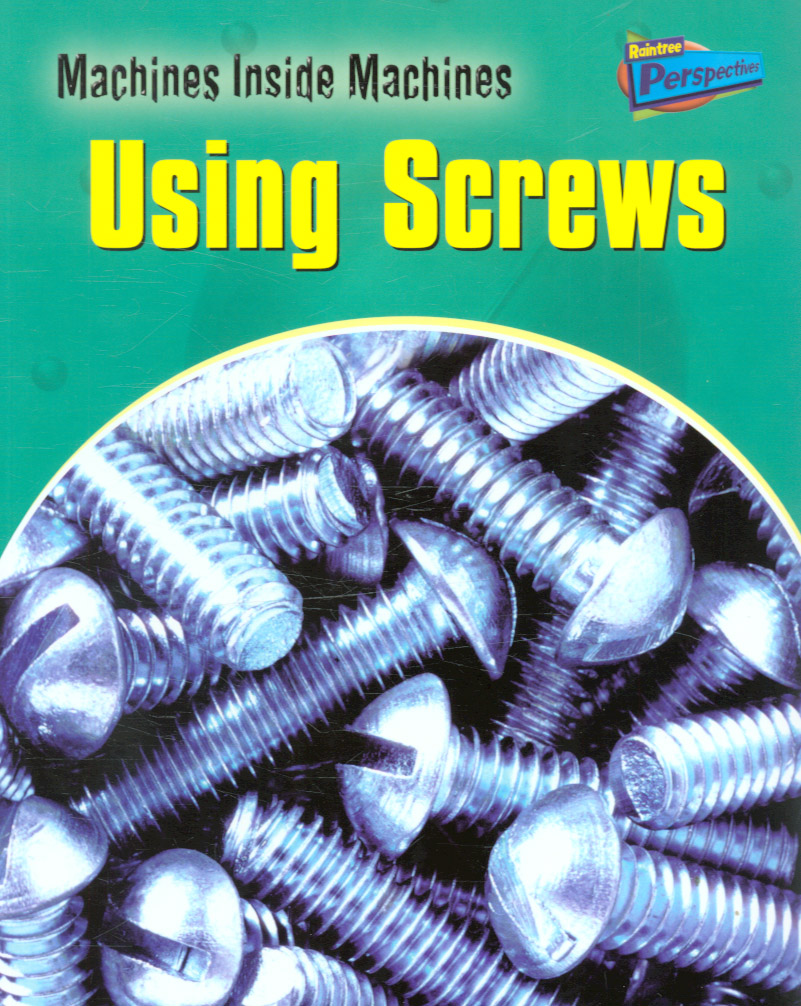Resources
Using science to save manta rays
The articles explores the use of science in the conservation effort of manta rays. Many aspects of the lives of mantas remain a mystery, including their movements and areas...

Take on the role of a crime scene investigator - an expert on forensic science. Learn about the science of blood types, DNA and fingerprints as you follow a series of clues from the scene of a burglary.

Take on the role of a demolition engineer, and use real science to solve problems. Learn about momentum as you take the controls of a hydraulic excavator; explore combustion as you use dynamite to bring down an...

Take on the role of a storm chaser - an expert on the world's most extreme weather. Learn about weather science as you pursue storms across the world, taking dramatic photographs and making field measurements. The...
Take on the role of a volcanologist - an expert on one of nature's most destructive phenomena. Learn about science as you visit a volcanic island, take field measurements during an eruption, and help to evacuate a village.

Incredible inventions are based on the most basic principles, and yet the machines featured in this series can extend to extraordinary levels of complexity. Developed to help pupils understand these simple machines,...
Using shape memory alloys
A Catalyst article describing the use of smart materials to help people with disabilities. Many more people with physical and mental disabilities are leading independent lives at home, thanks in part to recent technological developments. The article focuses on one project which makes use of smart materials to help...
Using SMART Notebook to Understand Chemical Reactions
Produced by Becta, these case studies illustrate how information communication technology (ICT) can be used to enhance teaching and learning in science.
Particles and their behaviour are a hard-to-teach component of chemistry, not least because these are difficult concepts to visualise. This case study...
Using Space as a Context for Teaching Science
This School Science Review article describes how the Science Department at Shoeburyness High School in Essex introduced a space-themed Year Eight (ages 12–13) science course to increase student engagement and motivation. As well as discussing the rationale for such curriculum change, it describes the processes of...
Using space efficiently: packing a truck
This is a problem solving lesson, designed to help you assess how well students are able to:
- Reason precisely and defend their conclusions
- Use mathematics to model a scenario concerning volume
The problem is set in the context of packing a truck in the most efficient way possible...
